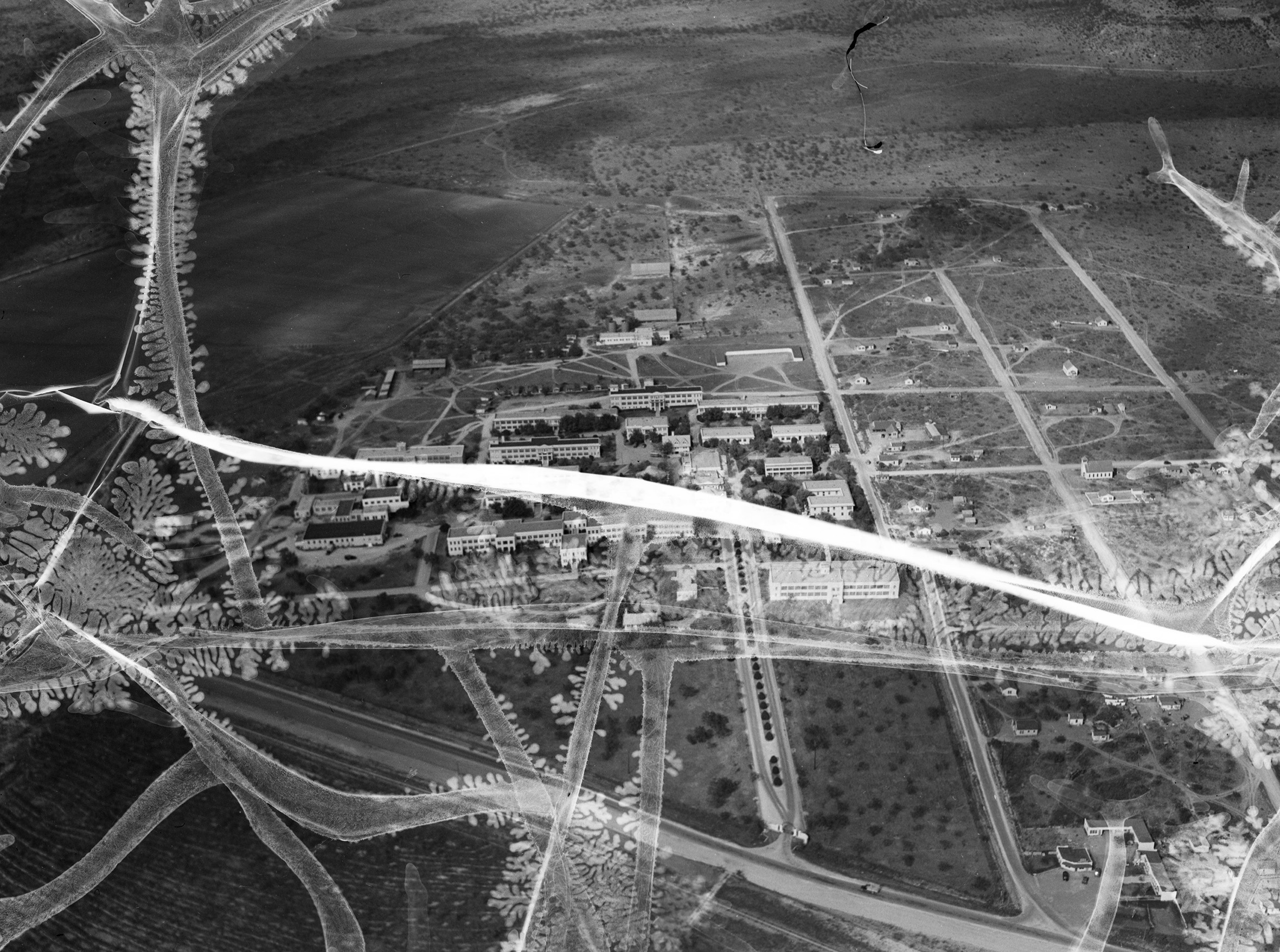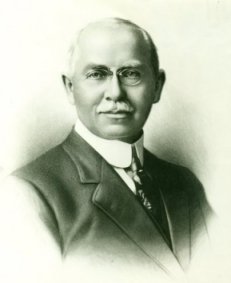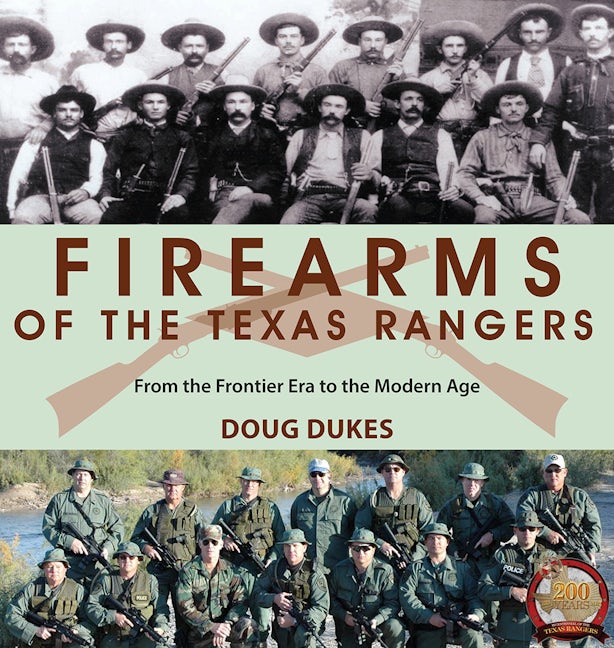|
|
Post by linefacedscrivener on Sept 20, 2020 16:48:19 GMT -5
  “The day was hotter than a promise of Purgatory. We sat on the sea wall, with our backs to the gulf where a keen breeze was blowing, but the tiers of benches were so packed that not a breath of coolness could drift through . . . Truett swore with an energy that I could not muster on account of the heat. We glared at each other without optimism. We had sat—and sat—and sat. Had we been merely waiting for some national hero to appear, we would have given it up and started a general slaughter as a diversion. But we were there to see legs, and legs we were going to see if we sat there till Hell froze over and the Devil took sleigh rides on the ice . . . Bathing girls from all over the world. Their native lands had nobly sent them across the sea. Some were pretty, some had shapely forms. But as far as we were concerned, the weather was the only thing that was heated.” —Robert E. Howard, “The Galveston Affair” Working my way through the Robert E. Howard Foundation Press's new publication Post Oaks and Sand Roughs & Other Autobiographical Writings (2019) for a second time, I came across this autobiographical essay by Howard detailing Truett Vinson and his trip to attend the second annual International Pageant of Pulchritude and eighth Annual Bathing Girl Review in Galveston, Texas, May 1927. The panoramic picture above shows the bathing beauties from the third annual review held in May 1928, again in Galveston. The first video gives some specific facts about the review that Howard and Vinson attended, while the second video shows the bathing beauties from one of the first caught on camera, in 1930. texasarchive.org/2016_01348?b=0So, I was reading Francis Di Pietro's Robert E. Howard: The Supreme Moment, A Biography this afternoon. It is not really a biography in the true sense, more of a commentary, thoughts, reflections, ideas, speculation, random musings book. Once I realized that, I found it kind of interesting. What really struck me was his consideration that Howard was in the picture taken of the bathing beauties at The Second International Pageant of Pulchritude and Eighth Annual Bathing Girl Revue in 1927. It makes sense. His description of being on the Galveston Sea Wall waiting for the beauties to appear kind of makes the point. So, I went back to this earlier posting. First problem - the photo I used was actually from 1928, as I state, so I found the photo of the 1927 event. Now Pietro also speculates Howard may have returned in 1928 as there is a somewhat convincing individual he points out in the photo above, but we don't know if he was there in 1928. He was there in 1927, so I thought I would focus on that. Here is the link to the Wikipedia page and it has the photo: en.wikipedia.org/wiki/1927_International_Pageant_of_PulchritudeAnd here is the photo with a high resolution available on the Library of Congress Page: www.loc.gov/item/2007663346/Anyone see Howard in the photo? Now Pietro goes for the men with their arms crossed - makes sense. A common pose for Howard. However, Howard said they sat and sat, so maybe they are sitting. The bottom line, I think, is Howard and Vinson are probably in the photo, just which ones are they is the question. The heads are kind of cut off in the 1927 photo, making it harder to tell, which I think is why Di Pietro focused on the 1928 photo, but that is just speculation that he was there. Kind of cool, I thought. |
|
|
|
Post by charleshelm on Sept 20, 2020 17:39:42 GMT -5
I'm currently reading Post Oaks and Sand Roughs etc. and I saw the Howard reference to "some lined-faced scrivener"...nice! Guess I am the last one to know as usual.
|
|
|
|
Post by linefacedscrivener on Sept 20, 2020 17:55:00 GMT -5
I'm currently reading Post Oaks and Sand Roughs etc. and I saw the Howard reference to "some lined-faced scrivener"...nice! Guess I am the last one to know as usual. That's me! Since I am a college professor, I went with that tag when I joined REHupa. My zine is titled "Some Line-Faced Scrivener." So, when I joined Swords, I thought I would just keep the tag going. |
|
|
|
Post by linefacedscrivener on Sept 22, 2020 10:41:12 GMT -5
 "After our return from Marlin we stayed at home for about two weeks, and then my mother’s pleura filled again, and we took her to a hospital in San Angelo, 105 miles southwest of Cross Plains. After a few days then we put her in a sanatorium about seventeen miles northwest of San Angelo, where she stayed for six weeks, when her condition got so bad we put her back in the hospital at San Angelo. She remained there twelve days, and then we brought her home, since it seemed they had done all they could for her." -Robert E. Howard to H.P. Lovecraft, February 11, 1936 The Sanatorium located seventeen miles northwest of San Angelo is the Texas State Tuberculosis Sanatorium in Tom Green County Texas. Howard was quite displeased, if not down right angry, at the treatment his mother, Hester Howard, received there. According to the Handbook of Texas:
"SANATORIUM, TX. Sanatorium is in Tom Green County sixteen miles northwest of San Angelo on U.S. Highway 87. It was never an incorporated town, instead, it was a relatively self-sufficient tuberculosis sanatorium. The postmark "Sanatorium, Texas" began with the opening of a post office on the campus in 1919 and disappeared on October 7, 1965, when the post office closed. . . 330 acres were purchased near Carlsbad for the location of the Anti-Tuberculosis Colony No. 1. The first institution of its kind in Texas, the colony provided the isolation to calm the fears of the public, as well as rest and clean air, the only known cure for TB sufferers. Admission was restricted to patients between the ages of six and sixty for a period not to exceed six months . . . In 1913 the facility was renamed the State Tuberculosis Sanatorium, and on January 1, 1914, Governor Oscar B. Colquitt appointed Joseph B. McKnight resident superintendent. Under McKnight's leadership the sanatorium expanded for the next thirty-five years. Attracting employees was difficult because of the fear of TB, low wages, and geographic isolation, therefore, the Sanatorium School for Nurses in Texas was organized in 1915 to train the needed staff . . .By the 1930s the facility had treated more than 13,000 patients. From the original four buildings constructed at a cost of $10,000, the facility had grown to thirty-five buildings valued at $1.5 million. In 1930 there were thirteen buildings with 662 patient beds, including 162 beds in the children's Preventorium. The grounds had been expanded to nearly 1,000 acres and included a post office, library, barber shop, dairy, hog farm, butcher shop, bakery, power plant, laundry, printing press with its own newspaper (the Chaser), four water wells, and a school for the children." A PDF booklet of the facility was created from 1930s photos, and can be viewed from the University of Texas, Arlington's Texas Disability History Collection. It presents some interesting photos of what the place must have looked like when Howard took his mom there for treatment. Link to the photos here: library.uta.edu/txdisabilityhistory/sites/default/files/docs/20066962-76.pdf |
|
|
|
Post by linefacedscrivener on Sept 27, 2020 16:16:34 GMT -5
  "Of course, I havn't tried it all, but that's been my experience so far. I’ve drunk only Prima, Budweiser, Pearl, Old Heidelberg, Schlitz, Rheingold, Savoy, Sterling, Blue Ribbon, Fox, Country Club, Atlas Special, Jax, and Superior. None of it was as good as the Sabinas I used to drink in Old Mexico." Robert E. Howard to August W. Derleth, December 1933 I meant to put this up Friday, but I got side-tracked. Imagine that. Anyway, I've used this quote before when I was talking about Sabinas beer and the wild story behind that beer. I meant to also share another story about Pearl beer, which has its own unique and unseemly story. I am not sure if Howard knew this background or not. Otto Koehler, pictured above, left Lone Star Brewing Company to become the head of the San Antonio Brewing Association in 1902. At the helm, Otto grew the brewery that was making Pearl beer and it became a strong competitor for Lone Star beer. Pearl was just as much as Texas beer as Lone Star beer, though you wouldn't know it today. Anyway, things were going really well for him until he got himself killed. It turns out his mistress Emma killed him, but oddly enough, his previous mistress, also named Emma, was present. Anyway, after his death, his wife, Emma, took over the brewery. Yep, you read that right. His wife's name was Emma. The guy had a penchant for women named Emma. Judge Wise on his podcast Wise About Texas, shares this crazy Texas tale of "The Three Emmas" here: wiseabouttexas.com/ep-33-beer-love-murder-tale-3-emmas/ |
|
|
|
Post by linefacedscrivener on Sept 30, 2020 12:29:47 GMT -5
   "Cross Plains is a small town of – well, I guess at present the population is about 1800. It varies; during oil booms the town has had a population of six or seven thousand. It has an elevation of 1715 feet, situated as it is on the ridge of the Callahan divide. Because of its situation there is an illusion of a plains country. Looking south and west from the town there is only flat country to be seen. North east some four or five miles there rises a low chain of hills known as the Baker Mountains, while to the northwest are a pair of peaks some ten miles apart known collectively as the Caddo Peaks and individually as East Peak and West Peak. The town presents an appearance about like the thousand other small West Texas towns – one wide main street, unpaved back alleys, oil derricks rising up here and there all over the business and residential sections. In old abstracts the town is known as Schleicher, it having been originally built on Schleicher County school land. It first stood near the banks of a small creek known originally as Briar, and later as Turkey Creek; but some twenty years ago the coming of the rail-road caused the whole town to be moved perhaps half a mile to the east, to its present location." -Robert E. Howard to August Derleth, December 29, 1932
Looking around for some more historic photos of Cross Plains, Texas, I came across one common website for old historic photos that offer them in so many different formats that they are easy to include here and elsewhere. The above photo is from the University of North Texas' Portal to Texas History as found here: texashistory.unt.edu/ark:/67531/metapth531573/Here is another photo of the downtown from 1922 with the old Model T cars on the street: texashistory.unt.edu/ark:/67531/metapth531650/There are also some websites that have early photos, but they are not so easily used and some I cannot figure out how to incorporate them into these postings except by links: Here is a really early picture of the Cross Plains Bank: www.crossplainstx.com/photo/21/bank-cross-plainsAnother downtown at the Citizens State Bank: www.angelfire.com/tx5/callahan2/CitizenStateBank.jpgThis is a picture of Highway 36, which runs in front of the Howard house, before it was paved: www.angelfire.com/tx5/callahan2/CrossPlains5.jpgThis one is a really interesting photo I had not seen before, estimated to be about 1923: www.angelfire.com/tx5/callahan2/CP1923.jpgAnd if you have ever been to nearby Cross Cut on the bus tour during Howard Days, it is hard to believe this is a picture of that same area: www.angelfire.com/tx5/callahan2/CrossCut.JPG |
|
|
|
Post by linefacedscrivener on Sept 30, 2020 14:02:47 GMT -5
ADDENDUM In regards to that photo I had not seen before, there was this little tag with the photo: "Jack Scott said this was about 1923." Here is the photo: www.angelfire.com/tx5/callahan2/CP1923.jpgAnd I found this in the 2001 interview with Jack Scott: “The largest crowd I ever saw in Cross Plains was Christmas, or Saturday before Christmas, in 1923. All through the fall in cotton season during harvesting all the merchants, and there were many more than there are now, had given tickets away with ever dollar purchased. There must have been half a ton of tickets in that huge barrel. An enormous crowd was in town. There are many pictures showing parking. There were three rows of cars, four rows of cars on main street . . . These were people from all surrounding areas , all these little towns were here for a chance to win a Ford Car. A brand new Ford car.” For those dying to know: Bone Seaman won the car. He was an oil man from Mission, Texas. |
|
|
|
Post by linefacedscrivener on Oct 1, 2020 11:04:18 GMT -5
 "Pistols, shotguns, rifles – all played their part along the frontier, from the old twist-bore of the forest-runners to the Colts of the Rangers. Rifles did as much to win the revolution as did courage and persistency. The British regulars with their Brown Bess muskets had little chance against the long barreled, twisted bore, small caliber rifles of the Americans. The British musket was smooth bore with a trajectory like a camel’s hump. Shoot at a man fifty yards away and you had to aim a yard above his head to hit him in the foot. Well, it was nearly that bad, anyway. The Americans were the first to popularize small caliber guns with flat trajectory and high velocity. The British always preferred heavy bored guns with powerful shocking power, but low velocity. Even now, compare the heavy express rifles of the English hunters with the comparatively light, high powered Savages, Winchesters and Springfields of American hunters. The Germans and Austrians, to my mind, over do the latter phase just a little with their Mausers, Lugers and Mannlichers. I’ve heard of Luger bullets going right through a bone without breaking it. When a bullet from a Colt .45 automatic hits a bone, it plays havoc with it. I suppose a Luger automatic has the highest velocity and flattest trajectory of any pistol, but its shocking power is comparatively small. On the other hand, the old Colt .45 sixshooter has the most terrific shocking power of any hand gun, but its velocity is not so great as that of several other arms. The Colt .38-40 is about the ideal gun, as far as I can see. Its shocking power is little inferior to the .45, while in range, and velocity it is superior to any other caliber sixshooter using lead bullets – which naturally carry less velocity but much more shocking power than steel-jacketed automatic bullets." -Robert E. Howard to August Derleth, March 23, 1933
Robert E. Howard had a big interest in weapons and firearms, as well as the Texas Rangers. Doug Dukes, a retired police officer, authored a book just published last month, Firearms of the Texas Rangers: From the Frontier Era to the Modern Age (University of North Texas Press - a really good press dedicated to Texas history). This is not only a book that Howard would have enjoyed reading, it is a book, I think--as evidenced by his many letters talking about firearms and the Rangers--could have authored. The following is an introduction to the author, his background, and book through a question-and-answer interview: |
|
|
|
Post by linefacedscrivener on Oct 5, 2020 11:18:49 GMT -5
  "I suppose winter is pretty well along in Wisconsin. The leaves are beginning to turn here in Texas. Until a few days ago the process was scarcely perceptible, but now they grow more colorful almost by the hour. The sumac is beginning to blaze, and the oak leaves are brown, the elms and pecans yellow; soon the brief transmutation of autumn will be over and the country will merge into the drab brown it will wear all winter. The mesquites will wear their green after the others have turned brown. They leafed out at least a month earlier this year than usual, and will probably carry their leaves until far in the winter. Following the defeat of the dust-storms by the torrential rains, spring, summer and autumn have been green and rich. I never saw the prickly pears so bright of bloom or rich of fruit, or the yucca so luxuriant." -Robert E. Howard to August Derleth, November 1, 1935
Although we are officially in the fall equinox, fall is funny here in Texas. The leaves actually start falling in August. They pretty much dry out and fall off the trees. I have been raking and mulching leaves since early August. We often don't really get a lot of "fall" weather here. It goes from hot to chilly, with only a few days or weeks of moderate temperatures. I say that, and we have actually been having cooler weather this fall. The leaves are starting to change, the ones that haven't dried up and died, but we certainly do not get the vivid display that people living further north get this time of year.
I like Howard's description of fall in Texas to Derleth. While I live in the Piney Woods, Howard lived more in the Hill Country of Texas, so things are a little different--not a lot of mesquite, yucca or prickly pear out here. Also, the time period made things different as well, what with the dust-storms and all.
Here is a short video of Lost Maples State Natural Area, which is pretty much due south of Cross Plains, and has some of the more beautiful fall foliage in Texas.
|
|
|
|
Post by linefacedscrivener on Oct 6, 2020 13:30:10 GMT -5
 "Thanks very much for the article, 'Afternoon in June'. I got a big kick out of it. I've passed some very interesting moments myself watching ants fight. 'Go to the ant thou sluggard.' Bunk. They’re dumb as hell. A mud-dauber has much more sense. But they're sweet fighters on the bulldog type. I've pulled the head off more than one, trying to make him let go his grip on another critter, and then I had to pry his jaws apart with the point of my bowie knife. They don't seem to sting each other when fighting at all. I reckon they can't on account of their body-armor." -Robert E. Howard to August Derleth, July 4, 1935
I am not sure who wrote the article "Afternoon in June," for it does not appear to be a Derleth article. The quote Howard employs, "Go to the ant thou sluggard," however, comes from Proverbs 6: 6-8. The hardest part of this Howard letter is figuring out which ant he is talking about. The "Bulldog type" comes from the Myrmecia genus of ant, but they are indigenous to Australia. I know we have a pretty big Fire Ant problem here in Texas (I'm always putting Fire Ant Killer on mounds in my yard), but they did not appear here until the 1930s in Texas. They could have been the ones Howard was referring to in 1935, but not likely, as they were beginning to appear but not quite invasive yet. In central Texas, the native ant that seems to fit his description is the Red Harvester Ant, which I have seen mostly in the Hill County when camping. They are kind of cool to watch, but like the Fire Ant, they can sting. Assuming these are the ants, here is a short video on the Red Harvester Ants by Texas Parks & Wildlife: |
|
|
|
Post by charleshelm on Oct 7, 2020 17:11:13 GMT -5
I saw a goodly crop of fruit on the prickly pear this year. Mesquite leaves will drop with enough freezes and it really changes the look of the pasture. It's interesting that he picked the .38-40.
|
|
|
|
Post by linefacedscrivener on Oct 10, 2020 18:06:27 GMT -5
I saw a goodly crop of fruit on the prickly pear this year. Mesquite leaves will drop with enough freezes and it really changes the look of the pasture. It's interesting that he picked the .38-40. I have some friends that I am sure will be happy about the goodly crop. They make prickly pear jelly. Can't say I like the stuff, but they sure do. You're right, the .38-40 is an interesting choice. It is a nice looking weapon. I like the old handguns. I've considered purchasing a Uberti replica of one of the classics, but what with ammo running short these days . . . might hold off this Christmas. |
|
|
|
Post by charleshelm on Oct 11, 2020 9:22:16 GMT -5
Midway has .38-40 ammo in stock but it isn't cheap. Just saying.
|
|
|
|
Post by linefacedscrivener on Oct 12, 2020 14:02:48 GMT -5
Midway has .38-40 ammo in stock but it isn't cheap. Just saying. Hmmmm . . . might have to reconsider. As of late, I've had to go on Gunbroker.com to get my ammo. That's worked out well. |
|
|
|
Post by linefacedscrivener on Oct 12, 2020 14:17:14 GMT -5
 "In this country, though, an ant's worst foe is the horned toad, who squats in the bed, impervious to bites and stings and laps them up as a horned dinosaur would have lapped up prehistoric humans, had they been contemporaries." -Robert E. Howard to August Derleth, July 4, 1935 I have only seen one of these horned toads and it was not much longer after I moved to Texas. It was probably about 06 or 07. I was hiking on a canyon rim in central Texas. I did not know what kind of lizard it was, and more confused when the naturalist who was with us called it a "Horny Toad." They go by many names, include "Horned Toad," "Horny Toad," and "Horned Lizard," but they are a lizard, not a toad. They can be found in some wide ranging places in Texas, as well as most Texas zoos. According to the Texas Parks and Wildlife, they have been on the decline and are now considered endangered. They do like to eat the Harvester ants described above. Here is a video on the Horned Toad from Texas Parks and Wildlife: |
|












